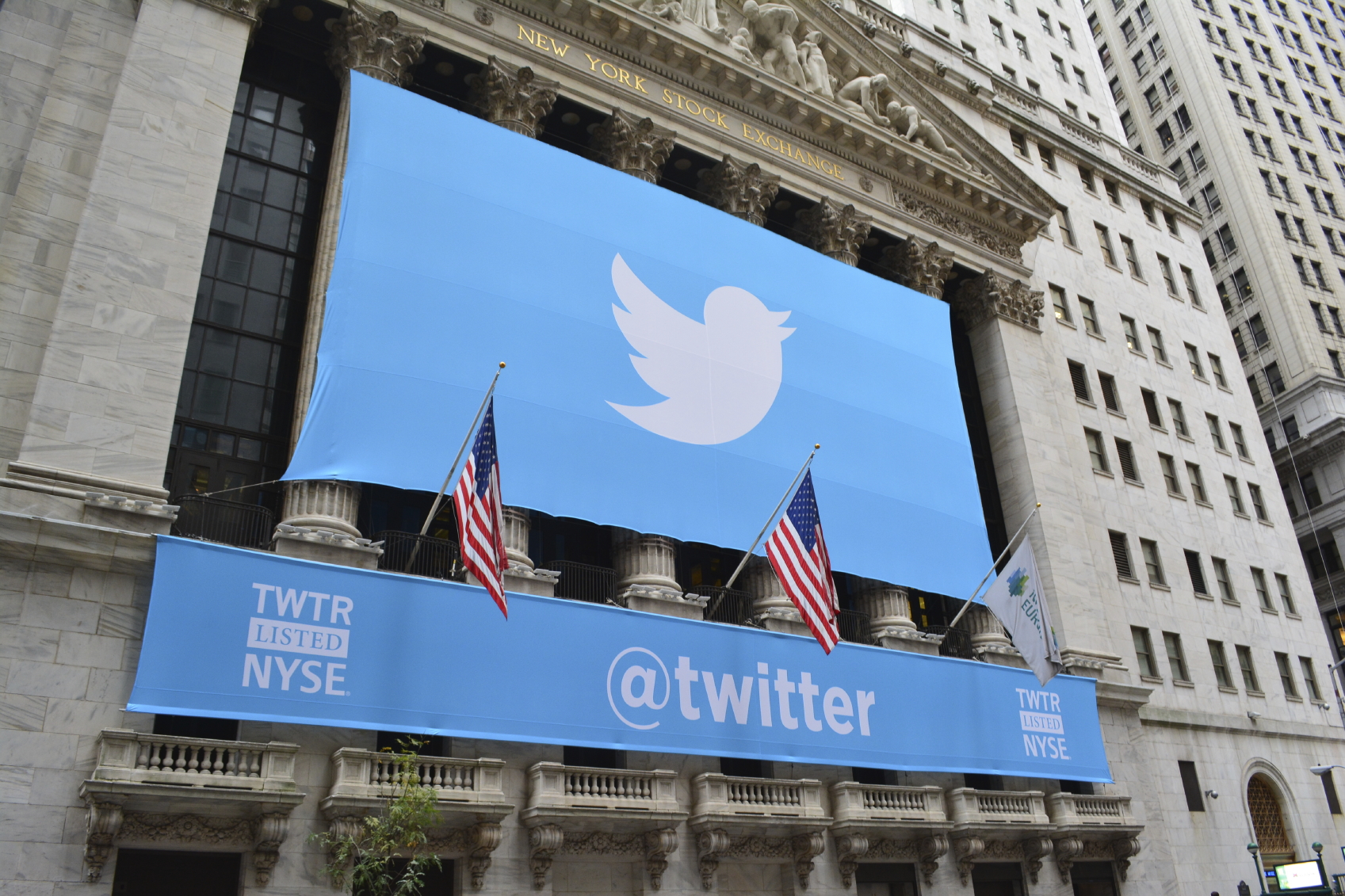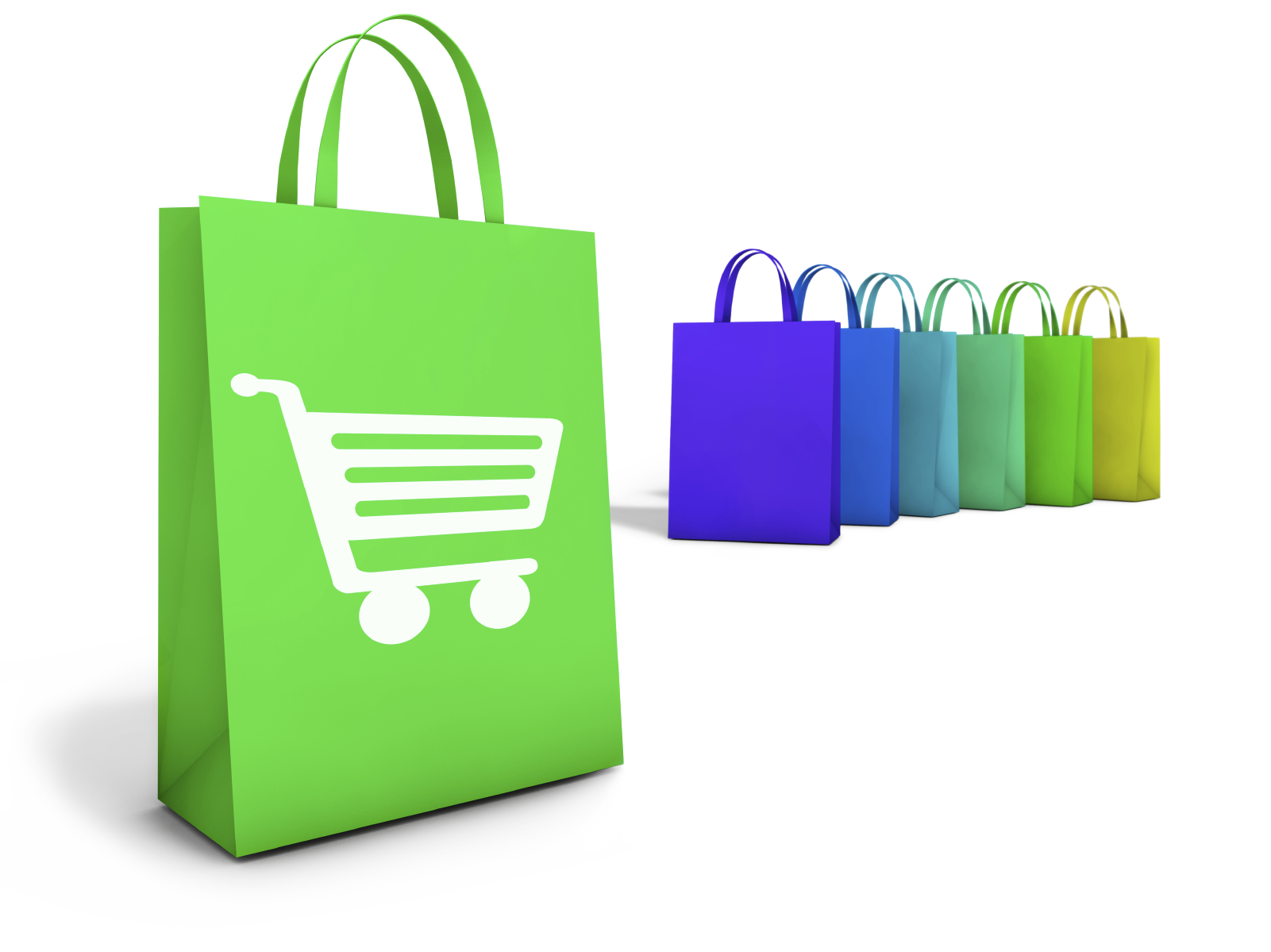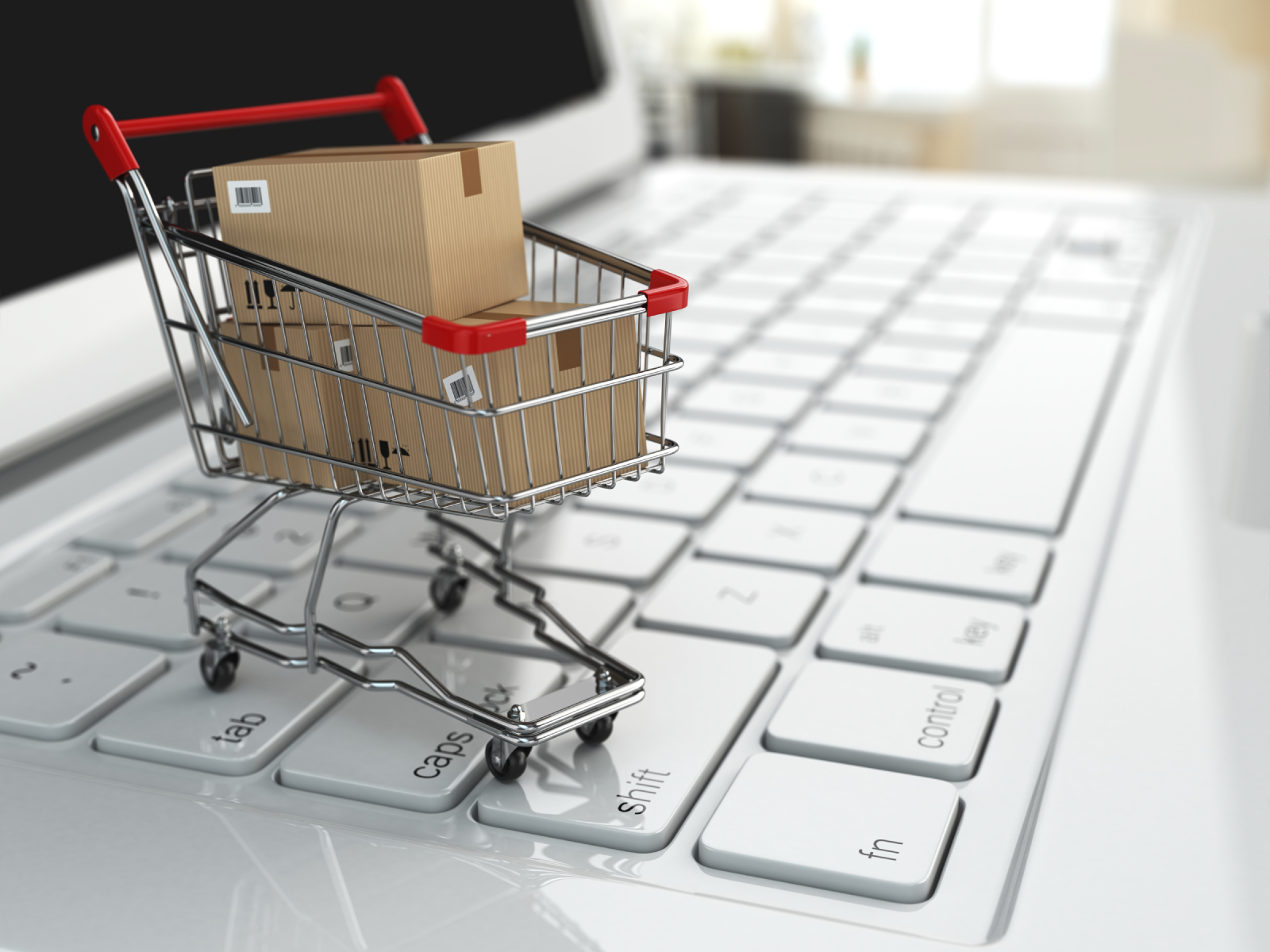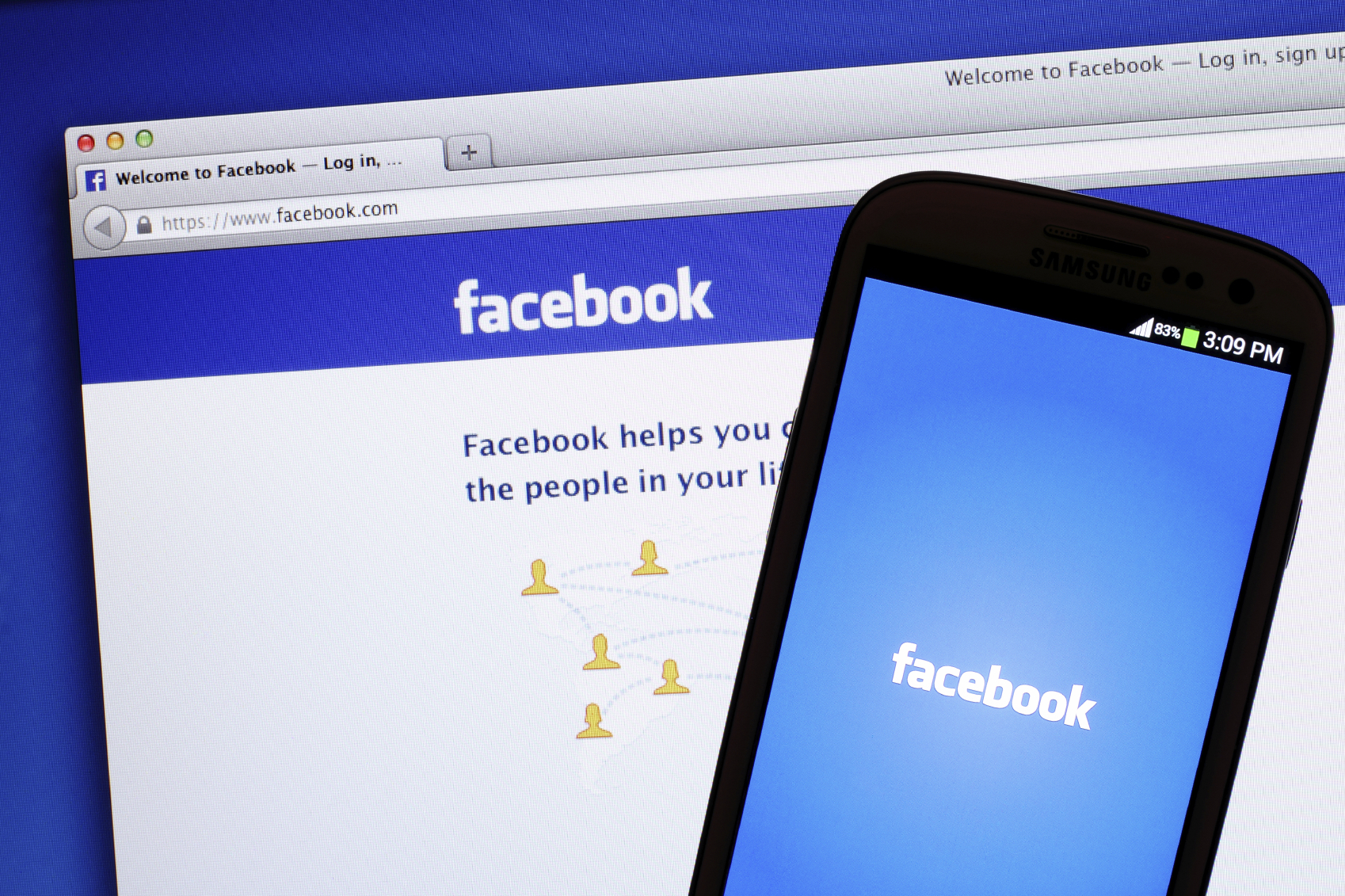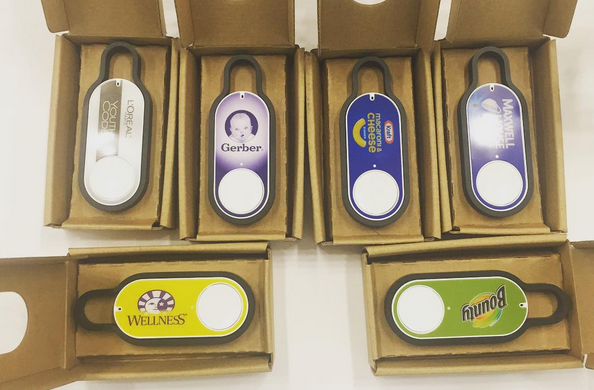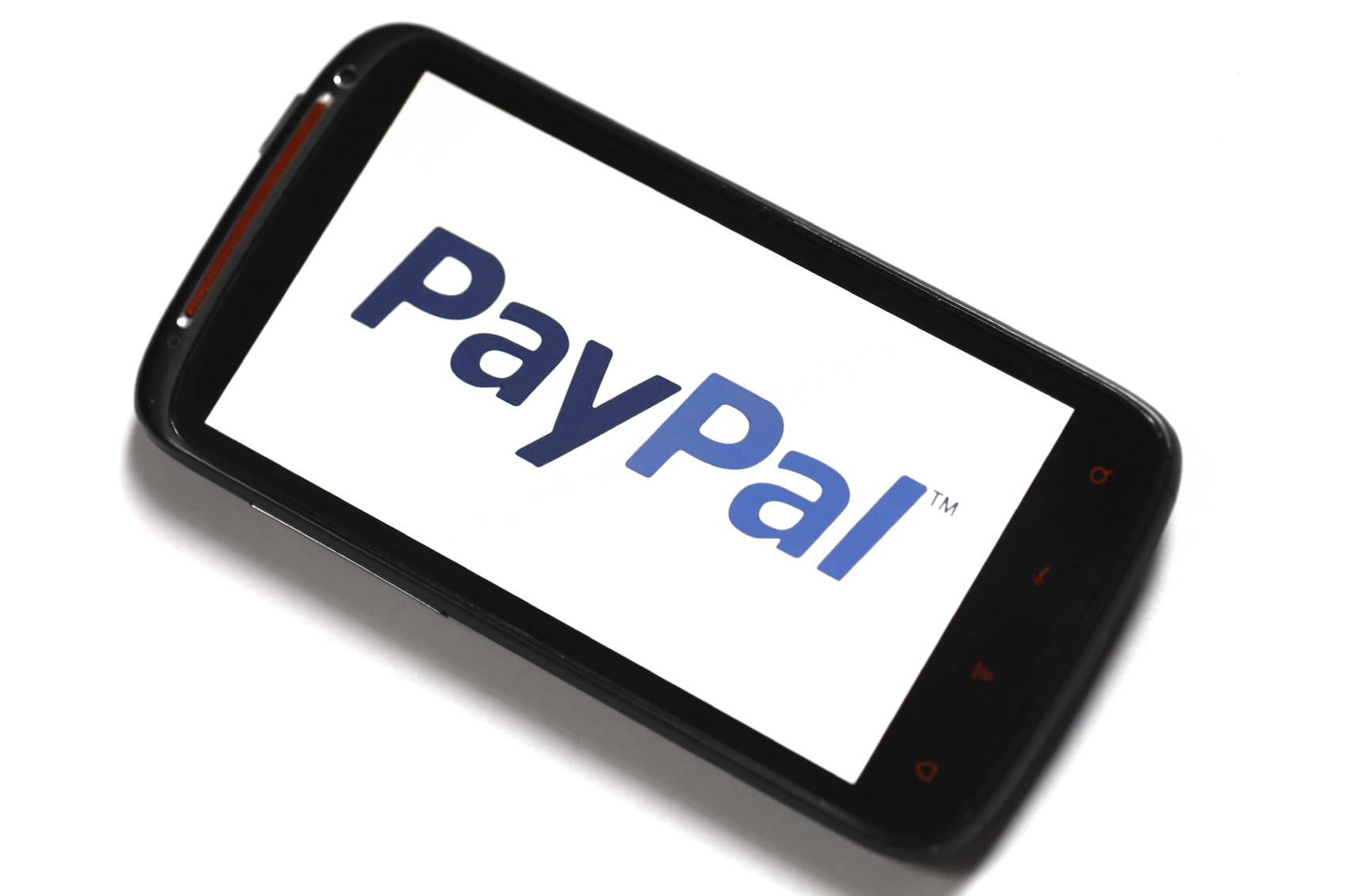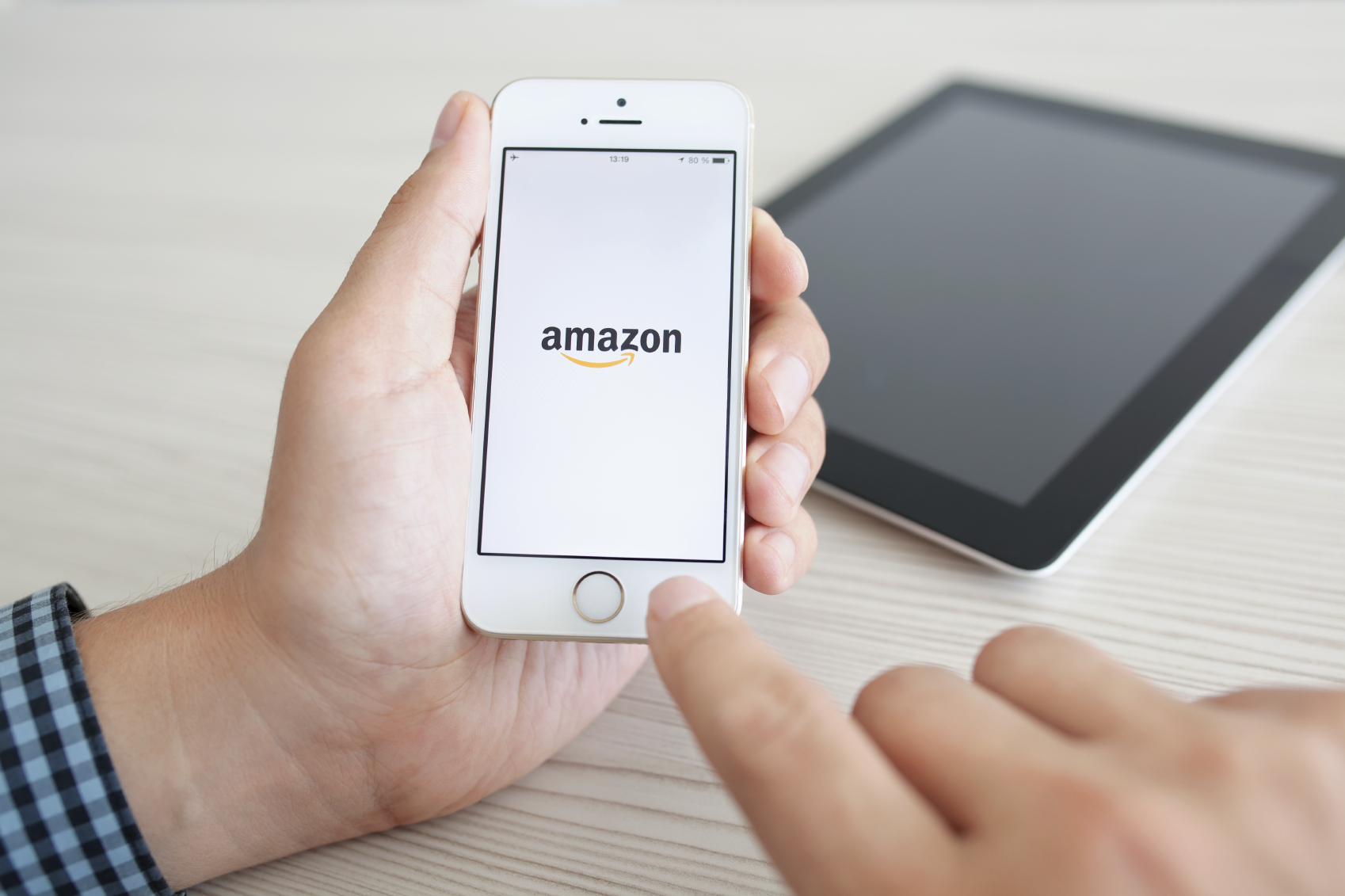What Happened
On Thursday, Twitter announced its plan to allow advertisers to generate reports that measure how much impact their promoted tweets have on converting users into customers across desktop and mobile. The reports will compare multiple Twitter Ads campaigns against one another to see how their conversion rates stack up. Facebook introduced a similar feature in early September, so it makes sense for Twitter to add this feature to better compete with Facebook for ad dollars.
What Brands Need To Do
According to Twitter’s own data, people who see a promoted tweet are 1.4 times more likely to to take action and move down the sales funnel than those who don’t. This new report can help advertisers better understand the impact of their ads and make informed decisions about where to spend their money. As Twitter ramps up its efforts in courting brands and advertisers under the reign of newly appointed permanent CEO Jack Dorsey, we expect them to continue to come out with new marketing tools and products, in the same vein as the “Sponsored Moments” and an ad network for pre-roll videos they introduced earlier this month.
Source: AdAge
